Every fort, cave, and temple in Maharashtra tells a story of the kings, artists, and saints who once shaped this region. From the majestic fortress of Raigad to the painted walls of Ajanta, these sites offer a glimpse into centuries of courage, faith, and ingenuity. Maharashtra is home to some of India's most famous historical sites, such as magnificent caverns, mighty Maratha forts, and monuments that capture the spirit of their time. Exploring these sites is like turning the pages of a living history book, with each chapter laid out in imposing courtyards or carved into rock.
If you want to feel the stories of India's past come alive, these iconic landmarks await you. Here are 10 must-visit monuments in Maharashtra that will inspire you at every turn.
Ajanta Caves
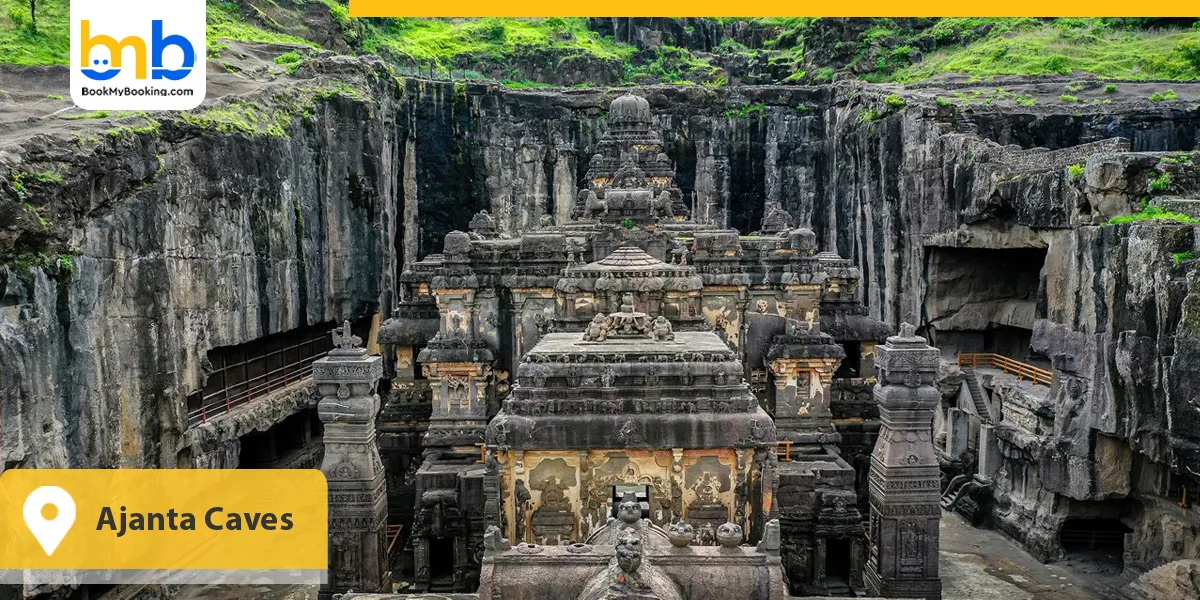
The Ajanta Caves are one of the most admired heritage sites in Maharashtra, carved into the hills of Aurangabad over two thousand years ago. Buddhist monks formerly resided in this collection of thirty rock-cut caverns, using them as living quarters and places for worship. Paintings and carvings that depict scenes from daily life at the time and moments from the Buddha's life abound in the caves. Although made centuries ago, the artwork's colours and details still seem vibrant. You can often pause to admire the calm expressions on the statues and the way light falls softly inside the chambers. Recognized as one of Maharashtra's most important UNESCO sites, Ajanta draws travellers who wish to experience history and peace in one place. Surrounded by quiet hills and greenery, the caves offer a sense of timelessness that makes them one of the most special destinations in India.
Did you know?
Some Ajanta murals glow faintly under torchlight even today, because the artists mixed powdered gemstones into their pigments to make the colors shine.
Ellora Caves
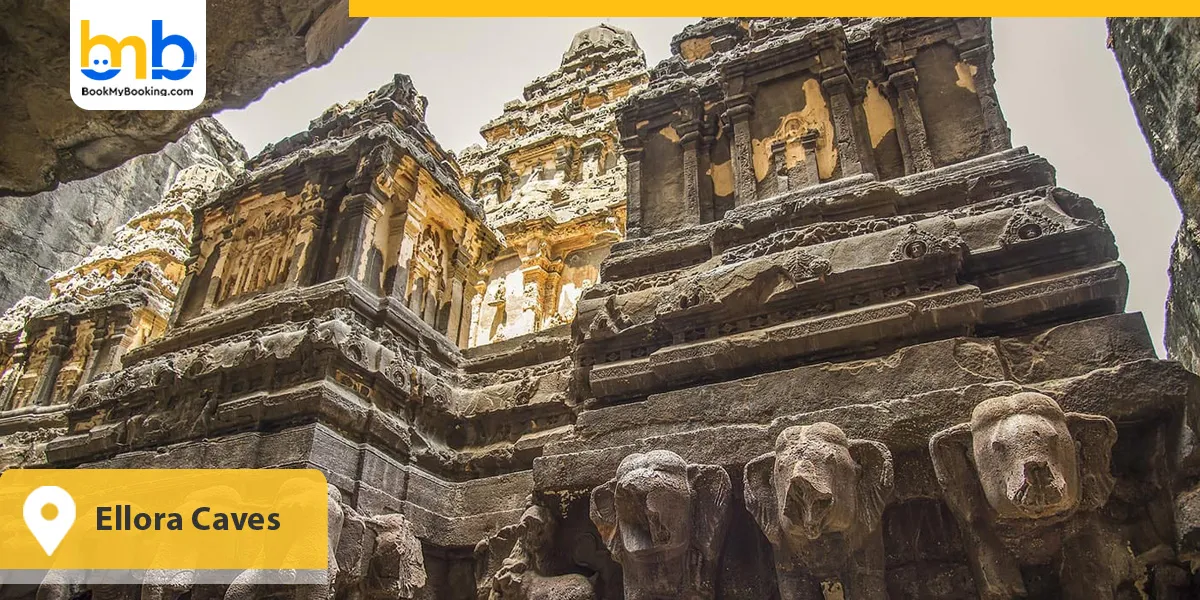
The Ellora Caves are another jewel among historic landmarks in Maharashtra, famous for their scale and variety. Located near Aurangabad, this site has 34 rock-cut caves built between the 6th and 10th centuries. Unlike Ajanta, which is primarily Buddhist, Ellora is unique in that it brings together three major faiths—Buddhism, Hinduism, and Jainism—in one location. Every cave on the site has a unique story; it feels like travelling through millennia of history. The Kailasa temple, a masterwork of ancient Indian engineering, is the most magnificent. It is carved from a single piece of rock. Recognized as one of the best caves in Maharashtra, Ellora is known for its architecture and the harmony it reflects among different traditions. Travellers can explore grand halls, detailed carvings, and quiet shrines, all of which show the devotion and skill of their creators. Beside hills, Ellora offers both wonder and tranquillity to those who visit.
Did you know?
The Kailasa temple at Ellora was carved from the top down into a single rock, and archaeologists estimate it would have taken over 7,000 workers almost 150 years to complete.
Elephanta Caves
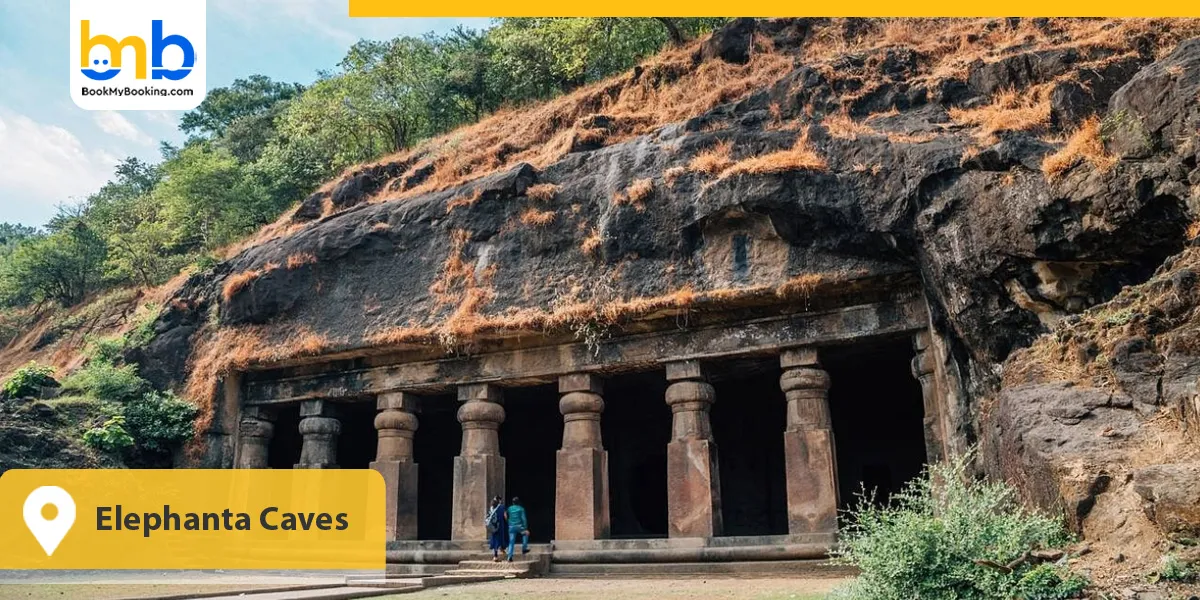
The Elephanta Caves are among the most fascinating Maharashtra heritage sites, located on an island just off the coast of Mumbai. The remarkable sculptures dedicated to Lord Shiva are the primary reason for the fame of these rock-cut caves, which were created between the 5th and 6th centuries. The enormous three-headed bust of Shiva, called Maheshmurti, which symbolizes the god as creator, preserver, and destroyer, is the main draw here. The details are still remarkable after centuries because the artistry is so exquisite. Elephanta, one of Maharashtra's most significant caves, offers a respite from the city and showcases its rich cultural diversity. The experience is enhanced by travelling by ferry to the island, where you cross the Arabian Sea and enter the past. This site is a must-visit for anyone interested in India's spiritual and cultural legacy, thanks to its serene settings and imposing stone halls.
Did you know?
The three-headed Shiva statue in Elephanta is so finely balanced that during Mumbai's colonial era, British soldiers used it for target practice, yet it survived with only minor damage.
Raigad Fort
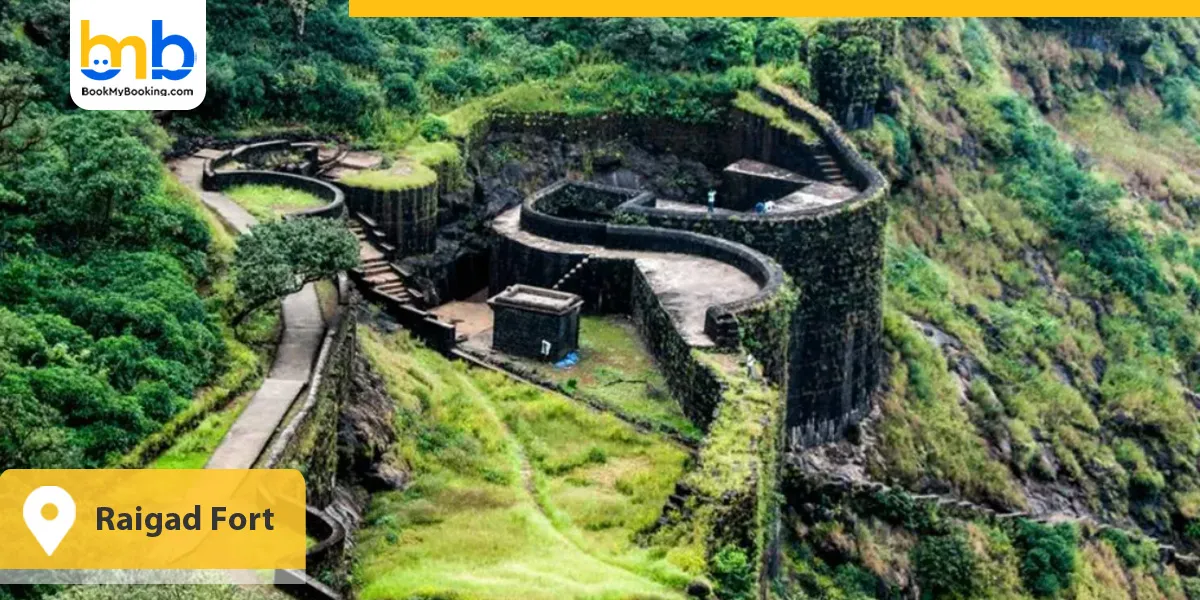
Raigad Fort is one of the most famous forts in Maharashtra, closely tied to the legacy of Chhatrapati Shivaji Maharaj. Located in the Sahyadri mountains, this hilltop fort served as the capital of the Maratha Empire in the 17th century. To get to the summit, visitors must ascend more than 1,700 stairs or use a ropeway, where breathtaking vistas of peaks and valleys are revealed. One of the most fascinating Maratha forts and palaces to visit is the fort, which features water reservoirs, the remains of palaces, and the location where Shivaji Maharaj was coronated. Given that the location commemorates the ascent of one of India's most outstanding leaders, the atmosphere is historic and poignant. Raigad is more than just a monument; it represents bravery and pride that people still find meaningful.
Did you know?
Raigad was called the "Gibraltar of the East" because of its unscalable cliffs and hidden approaches, making it nearly impossible for enemies to capture.
Gateway of India
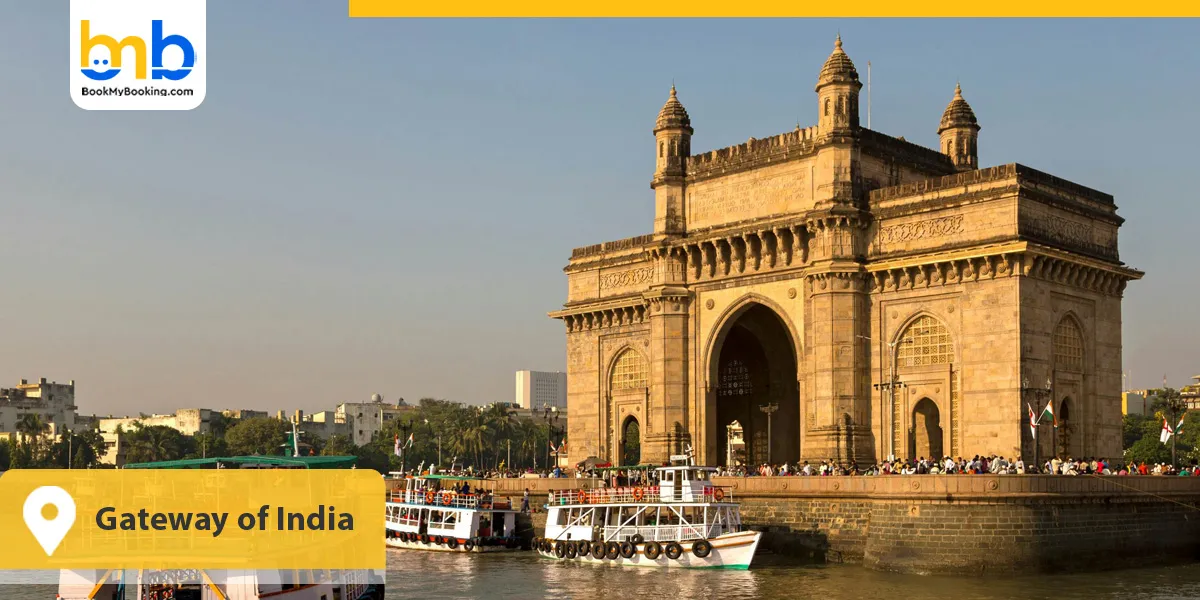
The Gateway of India is one of the most photographed must-see monuments in Maharashtra, standing tall on the waterfront of Mumbai. Built in 1924, this grand arch was designed to commemorate the visit of King George V and Queen Mary to India. With its Indo-Saracenic design that blends aspects of Muslim and Hindu architecture, the building stands out as a landmark against the Arabian Sea. Numerous tourists and residents go there today to take in its size and the vibrant ambience of Mumbai's port. As a highlight of Maharashtra's history tourism, the Gateway of India is more than a monument; it symbolizes the city's colonial past and modern identity. Watching the sunset here, with ferries sailing past, is an unforgettable experience and a poignant reminder of Mumbai's rich cultural and historical heritage.
Did you know?
The Gateway of India was built to welcome British royalty. Still, just 24 years later, it became the ceremonial exit point for the last British troops in 1948, turning its meaning upside down.
Shaniwar Wada
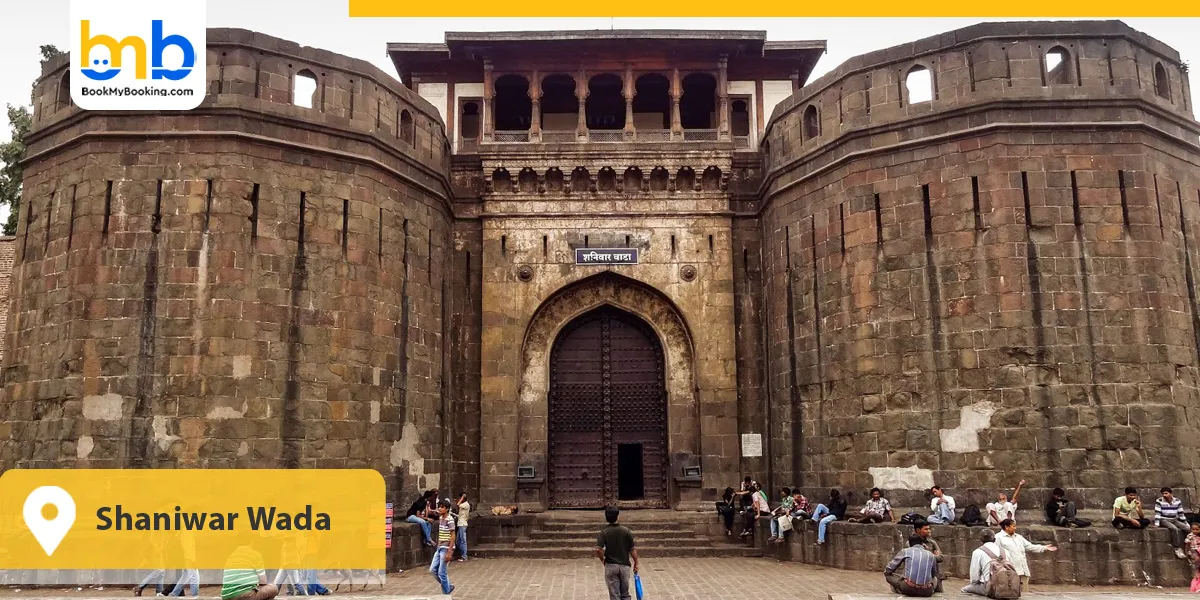
Known for its function in the Maratha Empire, Pune's Shaniwar Wada is one of Maharashtra's most impressive historical sites. This magnificent fort-palace, constructed in 1732 as the Peshwas' residence, once represented their political clout and strength. The remnants of its former splendour may still be seen in the stone walls, gates, and foundations, even though a fire in the early 19th century destroyed most of it. The enormous Dilli Darwaza is open for visitors to explore, take in the mighty bastions, and envision the royal life that formerly took place there. Today, Shaniwar Wada is not just a ruin but also a cultural hub, with evening light and sound shows that narrate its history. As part of Maharashtra's history tourism, it attracts locals and travellers eager to experience a blend of heritage and storytelling.
Did you know?
The main gate of Shaniwar Wada, the Dilli Darwaza, was so massive that it required 1,000 men to open and close it during ceremonies.
Sindhudurg Fort
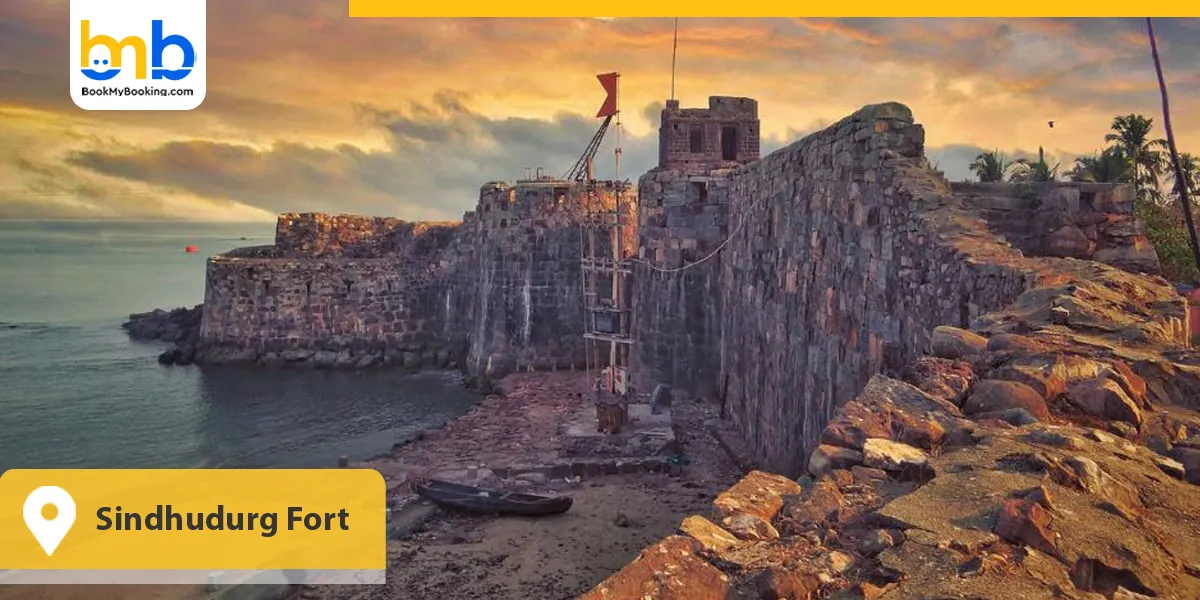
Sindhudurg Fort is one of the most famous forts in Maharashtra, standing proudly on an island in the Arabian Sea off the coast of Malvan. Chhatrapati Shivaji Maharaj constructed the fort in the 17th century to use it as a naval base to protect against foes that came in from the sea. It demonstrates the genius of Maratha defence tactics and is surrounded by tall walls and concealed entrances. It is a site of history and devotion since it contains temples devoted to Shivaji Maharaj and other gods. As part of the celebrated Maratha forts and palaces, Sindhudurg highlights the maritime strength of the empire. Reaching the fort by boat adds to the adventure, and the coastal views make the visit unforgettable. It's a landmark that combines natural beauty with cultural pride.
Did you know?
The foundation of Sindhudurg Fort was laid with 200,000 kilograms of lead, making its walls resistant to cannon fire and sea erosion even after 300 years.
Daulatabad Fort
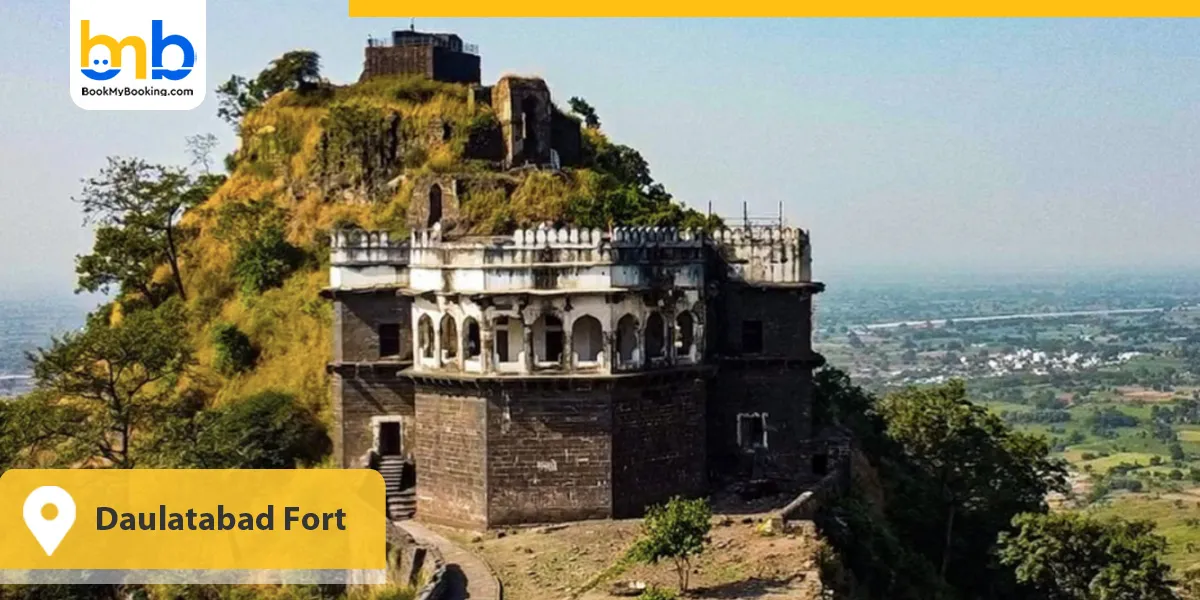
Daulatabad Fort, near Aurangabad, is another of the grand must-see monuments in Maharashtra, admired for its strategic design and towering presence. This hilltop fort, originally constructed in the 12th century under the name Devagiri, later served as a stronghold for several kingdoms, including the Mughals and the Delhi Sultanate. You must navigate narrow passageways, steep ladders, and secret corridors to the fort, all designed to confound potential invaders. From the top, the views of the surrounding plains are breathtaking, giving a sense of why the fort was so hard to conquer. Today, it highlights Maharashtra's historical tourism, offering visitors a look into medieval military genius. When you explore Daulatabad, it feels like stepping back into a time when forts were entire cities on hills.
Did you know?
Daulatabad once served as the capital of the Delhi Sultanate for a brief period, and the entire population of Delhi was ordered to march 1,100 kilometres to live inside its walls.
Bibi ka Maqbara
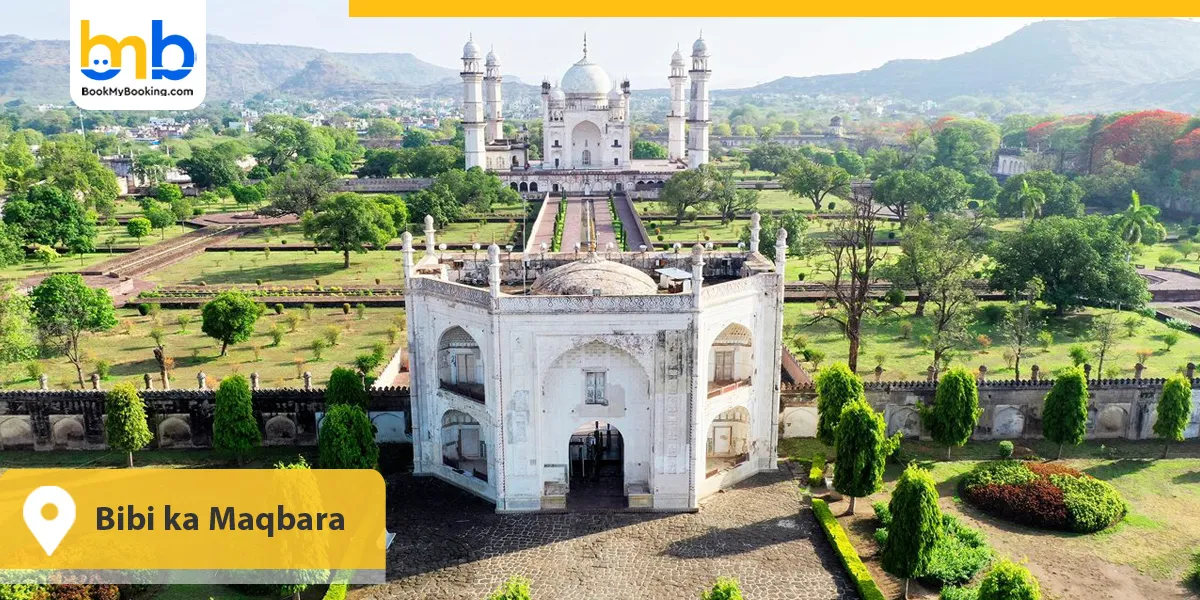
Bibi ka Maqbara in Aurangabad is one of Maharashtra's most magnificent historic landmarks, often referred to as the "Taj of the Deccan." Built in 1678 by Azam Shah, the son of Aurangzeb, it was meant as a tribute to his mother, Dilras Banu Begum. Although smaller in scale compared to the Taj Mahal, the monument possesses a similar charm, with its white marble dome, symmetrical gardens, and water channels. The fort-like walls around the complex add to its distinct character, setting it apart from other Mughal structures. Its combination of beauty and sentimentality makes it a popular destination for tourists interested in Maharashtra's past. You may take in the tranquillity of its design and the craftsmanship of its sculptures as you stroll around the well-kept walkways. The monument is vital to the state's cultural route because it symbolizes love and aspiration.
Did you know?
To limit costs, only the dome of Bibi ka Maqbara was made of marble; the rest of the monument was cleverly covered with plaster polished to look like marble.'
Trimbakeshwar Temple
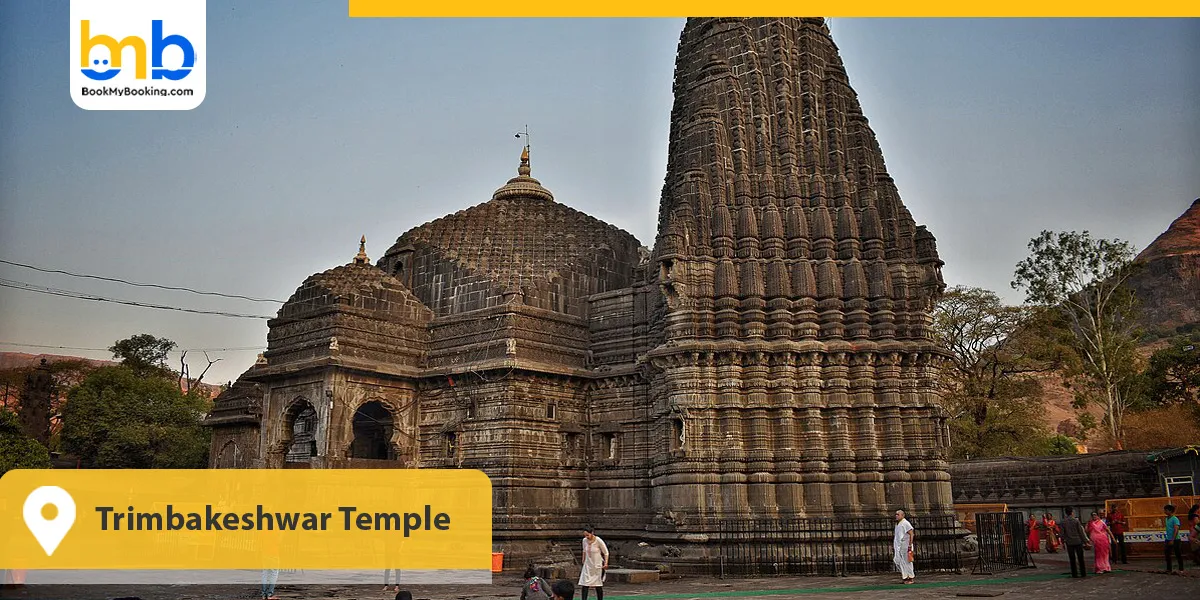
The Trimbakeshwar Temple near Nashik is one of Maharashtra's most significant must-see monuments, renowned for its profound spiritual significance. Dedicated to Lord Shiva, it is one of the twelve Jyotirlingas in India and attracts pilgrims throughout the year. Built in the 18th century by the Maratha ruler Peshwa Balaji Baji Rao, the temple is made of black stone and features intricate sculptures on its walls. The sacred Godavari River also originates in Trimbak, adding to the site's holiness. As one of the top temples in Maharashtra, it blends devotion, architecture, and nature in a way few places can. Pilgrims and travellers alike come here not only to worship but also to experience the peaceful atmosphere of the surrounding hills. With its rituals and traditions, the temple town offers a glimpse into a living heritage that continues to thrive today.
Did you know?
The temple's sacred pond, Kushavarta, is believed to be the birthplace of the Godavari River—and pilgrims still perform rituals here, considering its waters as holy as the Ganges.
Conclusion
Maharashtra's heritage is a treasure chest where every site adds its own gem - the timeless paintings of Ajanta, the colossal Kailasa temple at Ellora, or the seafront pride of Sindhudurg. These monuments tell a centuries-long tale of faith, strength, ingenuity, and tenacity. Going on an expedition to learn about Maharashtra's heritage sites will give a feeling of the pulse of history that still beats through the ancient walls, not just about admiring them. Whispers of the monarchs, monks, artisans, and visionaries who moulded the region can be heard in every fort, cave, palace, and temple. And that makes these locations more than just places to visit; they're timeless living experiences. This Maharashtra historical travel guide can help you find areas where the past and present collide the next time you plan a cultural getaway. You will not only see history when you stand in front of these landmarks; you will also feel it.


